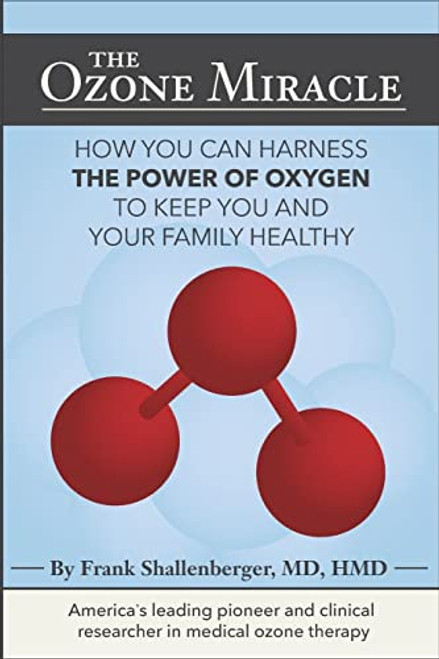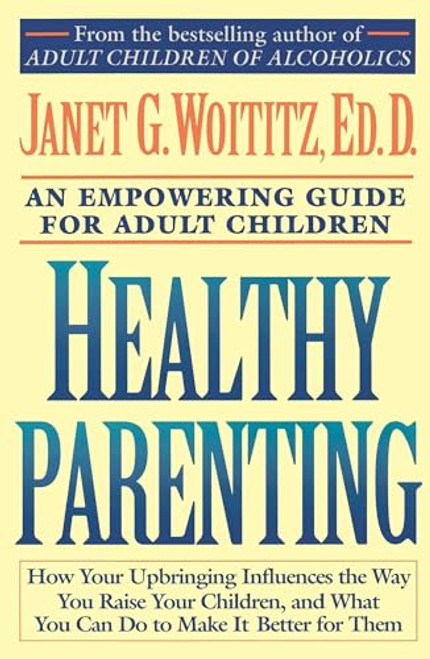A revised and updated edition of the landmark work the New York Times hailed as a call to action for every developer, building owner, shareholder, chief executive, manager, teacher, worker and parent to start demanding healthy buildings with cleaner indoor air. For too long weve designed buildings that havent focused on the people insidetheir health, their ability to work effectively, and what that means for the bottom line. An authoritative introduction to a movement whose vital importance is now all too clear, Healthy Buildings breaks down the science and makes a compelling business case for creating healthier offices, schools, and homes. As the COVID-19 crisis brought into sharp focus, indoor spaces can make you sickor keep you healthy. Fortunately, we now have the know-how and technology to keep people safe indoors. But there is more to securing your office, school, or home than wiping down surfaces. Levels of carbon dioxide, particulates, humidity, pollution, and a toxic soup of volatile organic compounds from everyday products can influence our health in ways people arent always aware of. This landmark book, revised and updated with the latest research since the COVID-19 pandemic, lays out a compelling case for more environmentally friendly and less toxic offices, schools, and homes. It features a concise explanation of disease transmission indoors, and provides tips for making buildings the first line of defense. Joe Allen and John Macomber dispel the myth that we cant have both energy-efficient buildings and good indoor air quality. We canand musthave both. At the center of the great convergence of green, smart, and safe buildings, healthy buildings are vital to the push for more sustainable urbanization that will shape our future.
Healthy Buildings: How Indoor Spaces Can Make You Sickor Keep You Well
MSRP:
Was:
Now:
$37.29 - $46.17
(You save
)
(No reviews yet)
Write a Review

Write a Review

Healthy Buildings: How Indoor Spaces Can Make You Sickor Keep You Well
- SKU:
- UPC:
- 9780674278363
- Maximum Purchase:
- 2 units
- Binding:
- Hardcover
- Publication Date:
- 10/18/2022
- Author:
- Allen, Joseph G.
- Language:
- English: Published; English: Original Language; English
- Edition:
- 2
- Pages:
- 336

Createspace Independent Publishing Platform
The Ozone Miracle: How you can harness the power of oxygen to keep you and your family healthy
MSRP:
Was:
Now:
$24.81 - $31.64

Platonic: How the Science of Attachment Can Help You Make--and Keep--Friends
MSRP:
Was:
Now:
$18.72 - $27.28

Wiley
Building a Wellness Business That Lasts: How to Make a Great Living Doing What You Love
MSRP:
Was:
Now:
$22.74 - $28.70

Touchstone
Healthy Parenting: How Your Upbringing Influences the Way You Raise Your Children, and What You Can Do to Make It Better for Them
MSRP:
Was:
Now:
$11.97 - $24.41

Crushing It!: How Great Entrepreneurs Build Their Business and Influenceand How You Can, Too
MSRP:
Was:
Now:
$13.12 - $25.93

Harper Business
Crushing It!: How Great Entrepreneurs Build Their Business and Influence-and How You Can, Too
MSRP:
Was:
Now:
$11.97 - $27.58

Bluebird
Attached: Are you Anxious, Avoidant or Secure? How the science of adult attachment can help you find and keep love
MSRP:
Was:
Now:
$16.45 - $24.19

New Harbinger Publications
Insecure in Love: How Anxious Attachment Can Make You Feel Jealous, Needy, and Worried and What You Can Do About It
MSRP:
Was:
Now:
$13.82 - $22.99
!

